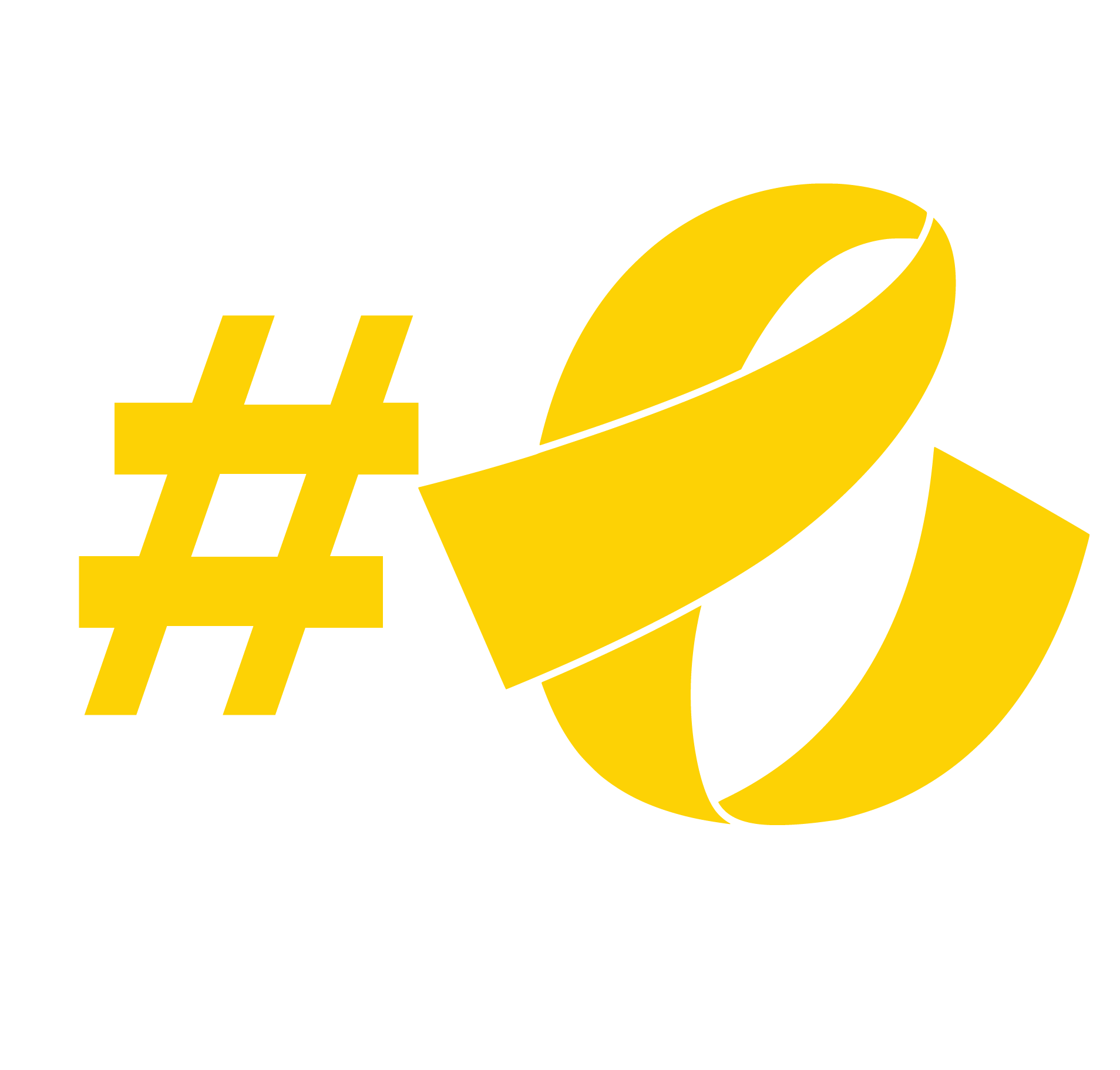Breaking this silence
An exhibition to bring to light endometriosis
The exhibition
Pictures below by Isabella Reyes
The exhibition « Breaking this silence » challenges the concepts, ideas and taboos around endometriosis. Through various artistic expressions, this exhibition explores experiences of artists, both directly affected by endometriosis and others, working on the female body. Their works delve into the physical manifestation of a silent, invisible disease within the body, as well as the societal, cultural, and historical constructs that shape its public perceptions.
The exhibition was created by the partners of the #ENDOs project with the lead of the Agence Créative. It advocates for a reevaluation of prevailing narratives surrounding women’s bodies, aiming to overturn outdated beliefs and establish new empowering stories. “Breaking this Silence” serves as a platform to shed light on the disease, stigmatization of women, and promotes understanding and empathy towards those impacted by endometriosis.




















The exhibition advocates for a reevaluation of prevailing narratives surrounding women’s bodies, aiming to overturn outdated beliefs and establish new, empowering stories. Endometriosis, a condition affecting millions worldwide, has often been overlooked and stigmatized, necessitating a reexamination of medical practices and societal attitudes. The exhibition serves as a platform to shed light on these issues and promote understanding and empathy towards those impacted by endometriosis.
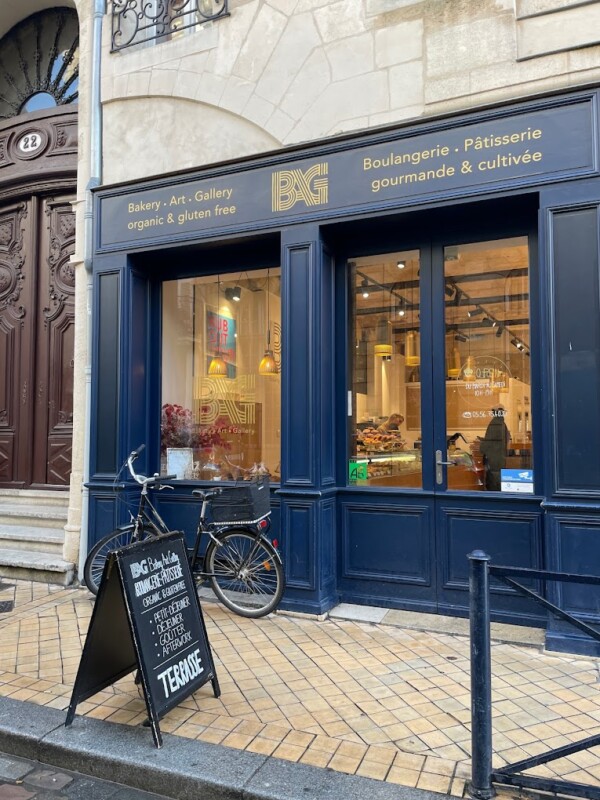
The Place
Bakery Art Gallery
Bakery Art Gallery is a gourmet and cultured concept store, combining a contemporary art gallery with a naturally gluten-free organic bakery. Right in the heart of Bordeaux’s Saint-Michel district, at 44 rue Saint-François, you’ll find a contemporary art gallery and publishing house, home of Connaissance de l’Art, combined with a multi-media shop. As a publishing house, BAG_Bakery Art Gallery presents its own editions and those of French and international publishing houses.
The Artists

Corinne Szabo
An art historian and visual artist, Corinne Szabo works on the archaic ‘representations’ of sexuality conveyed by art and design. Her objects and images, created on her own or in collaboration with craftspeople, are based on narratives drawn from the history of art, philosophy and science, and aim to show the permanence of these ‘archetypes’ in our collective imagination. Viewing art as an archivist, she explores the processes by which cultural heritages and values are constructed.
Her assemblages combine theories, concepts, documents and works by other artists, which she then re-appropriates. Based on the montage device, the associated elements generate a new dialectic and allow the dramatization of an artistic discourse. Corinne Szabo was born in Bergerac in 1970, and lives and works between Bordeaux and Issigeac in the Dordogne. She studied at the Beaux-Arts de Bordeaux and the University of Bordeaux III, where she obtained a Master’s degree and a DEA (post-graduate diploma) in Visual Arts on the subject of Appropriationism. She then went on to do a doctorate in Fine Arts and Art Sciences on The Reminiscence of Images and Theories across the Centuries, and in 2010 was offered a teaching post in History of the Arts at the Lycée Montaigne in Bordeaux.
Corinne Szabo, Le Vase de Freud 2021 Verre soufflé 60 x 50 x 15 cm
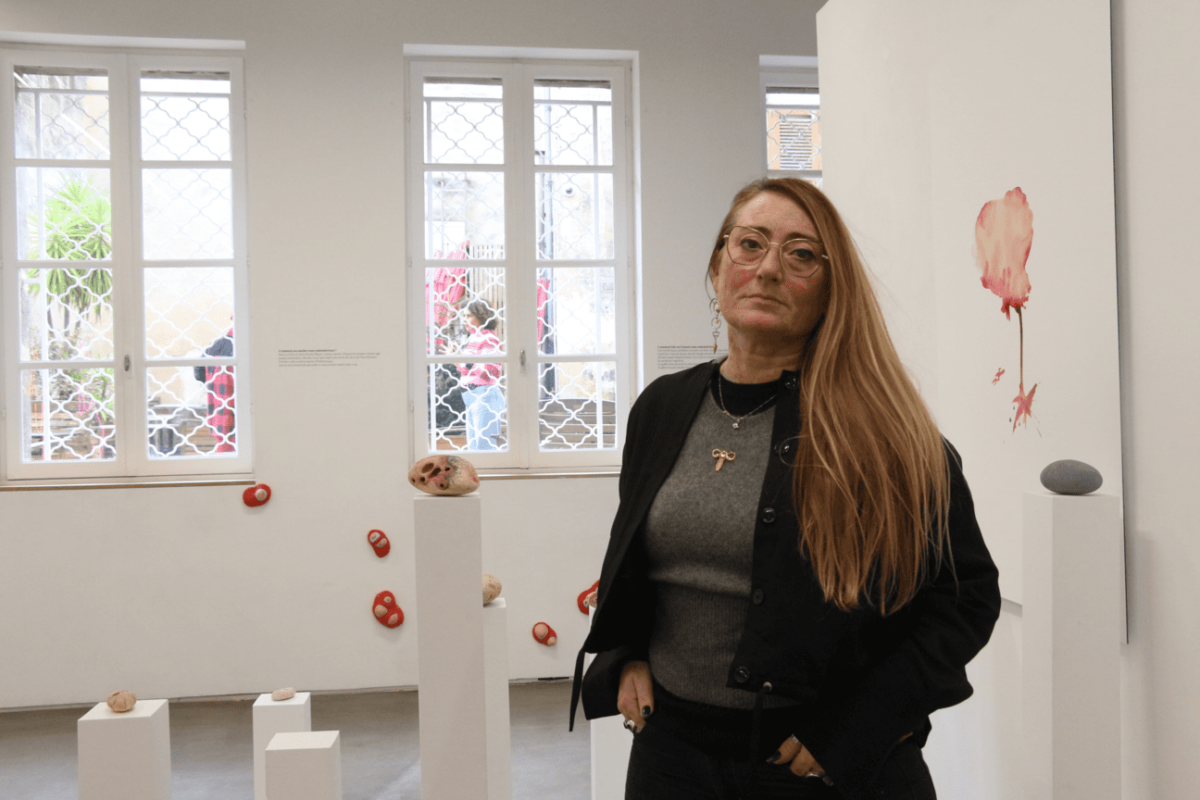
Ema Eygreteau
SIMILIA SIMILIBUS CURANTUR* Ema Eygreteau explores eco-systems on both microscopic and macroscopic scales. Her work links the infinitely large to the infinitely small, the visible to the imperceptible, the surface to the subterranean, to create constantly evolving worlds that play with scale. Skin microbiota, epidermis, scientific imagery of plants or human cells are his sources of inspiration. Perhaps what interests her most is the stump, the point at which everything begins, develops, swells and grows.
She cultivates her work in the same way that a scientist cultivates a cell in the laboratory, with the same rigour, combined with instinct and the intelligence of the hand. The result is new combinations and connections. She likes to manipulate a multiplicity of materials to create active forms. Her hands guide her, from the thread of a ball of wool to the lead of a pencil, via photography, digital technology and the transformation of tights – that second skin – into hybrid creations, at the crossroads of archaism and augmented reality. These favourite mediums give rise to colonising installations that allow her to express herself through a variety of gestures: crocheting, sewing, drawing, assembling and composing. Ema Eygreteau’s work oscillates between the beautiful and the monstrous. It can be as attractive and colourful as it is disturbing and repulsive, making our organic realities of flesh, moods and fluids perceptible. His works are at once tumoral, benign and malignant, healing and destructive. They are healing works, recounting the ills of the body, but they are also conducive to the writing of new, more salvific narratives, somewhere between reality and fiction. Diving into the carnal or plant molecular world also invites us to become aware of our primary condition and the fragility of our psychosomatic equilibrium. We are earthlings, interconnected with our terrain of existence and survival. To become-body is to become-world, to become-imperceptible. “Every multiplicity is symbiotic, bringing together in its becoming animals, plants, micro-organisms, crazy particles, a whole galaxy “**. Nadia Russell Kissoon
Corinne Szabo, Le Vase de Freud 2021 Verre soufflé 60 x 50 x 15 cm
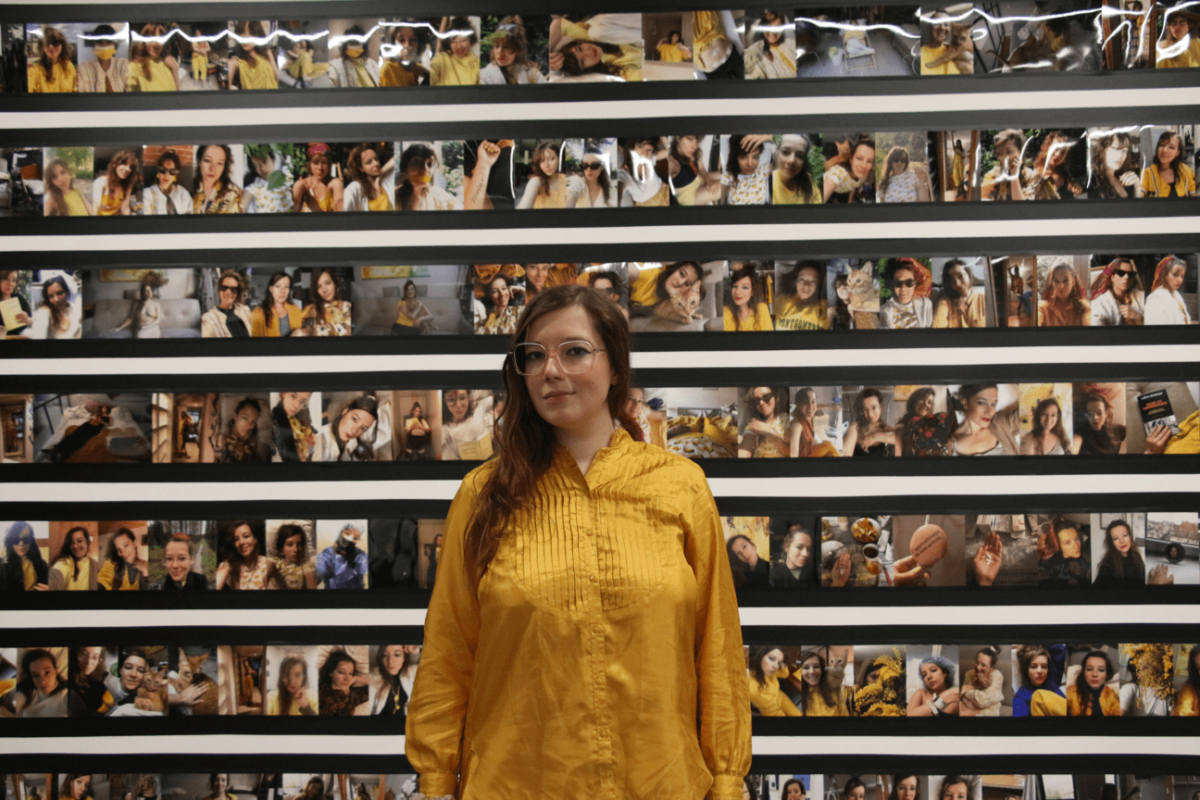
Enora Keller
My manifesto: I am my own lab rat. I explore the damaged lands of the self, facing its multiple mirrors. I instinctively try to expose the cracks in perception, those white holes suspended in matter. I am also a traveller, trying to move within the self through physical displacement. I seek to highlight the nomadic reflections of a blurred identity. I find myself questioning the theatrical stage of our social anthropology, between alteration, evolution, destruction and reproduction. https://www.enorakeller.com/
https://vimeo.com/enorakeller/
My aim is to stage the chosen materials (bodies, photographic materials, words, sounds, etc.) in such a way that the viewer can experience the oscillations of the self, where space becomes the architecture of these internal movements. In this way, I use degenerative impulses to produce poetry. Born in Strasbourg in 1990, Enora Keller defines herself as a protean artist. She runs a theatre company, La compagnie Denaska Kreo, and makes films, including “J’ai creusé dans mes cendres” (2022) and “Ma maladie imaginaire” (2023), a documentary series about her daily life with endometriosis.Corinne Szabo, Le Vase de Freud 2021 Verre soufflé 60 x 50 x 15 cm

Hystera - Dr Alicja Pawluczuk
Alicja Pawluczuk is a multidisciplinary artist and researcher whose practice blends the fields of art, education and academia. She is a Digital Inequalities Researcher with the INCLUDE+ network at the University of Leeds led by Professor Helen Thorne (https://includeplus.org/), where she leads a research project in artivism entitled ‘endo-violence temporalities: exploring digital [in]visibilities’.
https://www.alicjapawluczuk.com/ https://www.hystera.online/
She is one of the founders of the magazine Endo Violence Magazyn. With extensive experience in digital inequality and participatory digital justice education programmes, she seamlessly merges her skills to create innovative, people-centred and thought-provoking work. Her artistic practice explores the interplay between research and creative interventions for social change. Through participatory, decolonial, intersectional and experimental approaches, she aims to create spaces, communities and artworks that challenge conventional boundaries and provoke meaningful conversations. Her work has an undeniable kitsch dynamism, but above all, it embodies a powerful sense of hysteria. Through her unique form of hysterical artivism, HYSTERA strives to highlight the collective and often invisible suffering caused by centuries of medical misogyny and the persistent health divide between women and men. In her work, HYSTERA explores in depth her intersecting identities as technology researcher, feminist, migrant, disability activist and artist. By anchoring these identities in a broader socio-technological context, she exposes complex layers of societal dynamics, power structures and the complexity of lived experience.
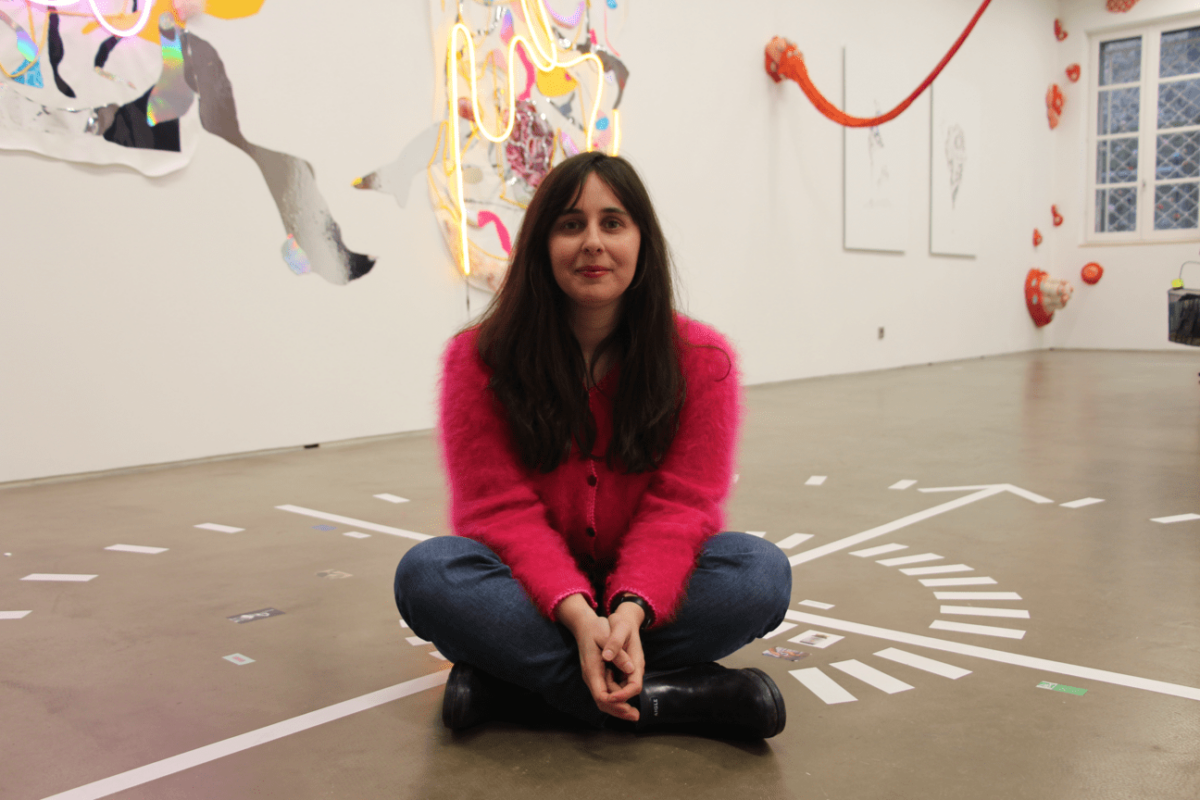
Maëliss Le Bricon
Maëliss Le Bricon is an actress and patient-partner. After studying literature at the University of Strasbourg and mediation at La Sorbonne Nouvelle, Maëliss Le Bricon developed her acting skills at the Conservatoire Régional de Cergy, and during the Long Cycle at L’école du Jeu from 2014 to 2017. She trained in hospital “simulation”, which she developed at the Pellegrin University Hospital in Bordeaux in collaboration with doctors, psychiatrists, nurses, care assistants and nursery nurses. Taking time, listening, slowing down, giving attention and empathy a place again are at the heart of these interventions. Faced with illness, shock or death, care is the first step towards resilience. https://www.collectifrivage.com/
https://audioblog.arteradio.com/
The challenge of these simulations is to give patients the opportunity to “take charge of their lives”. It is from this close relationship with care that, with Loïc Chabrier, she is interested in resilience, empowerment and citizens’ capacity to act in the face of climatic and political upheaval, and joins the “Where to land? “project with S-composition, SOC and the ‘Where to land’ collective, working closely with Bruno Latour at La Mégisserie in Saint-Junien, Haute Vienne, where they experiment with personal investigation and self-description as expert citizens. They went on to form Collectif Rivage and teamed up with Anne Rumin, a doctoral student in political science. She took part in the budding “Où atterrir? “project as an artist-mediator with members of the founding team, Territoires de la Voix, and residents of Bordeaux Métropole, since September 2021. She is conducting a citizen survey on “respect for the person among those with endometriosis”, her pebble in her shoe: the maternal burden and the lack of therapeutic choice for people with endometriosis in France. Extract from Maëliss Le Bricon’s survey “Safety and respect for the individual among people with endometriosis” as part of Bruno Latour’s “Where to land” consortium. https://vimeo.com/432837027
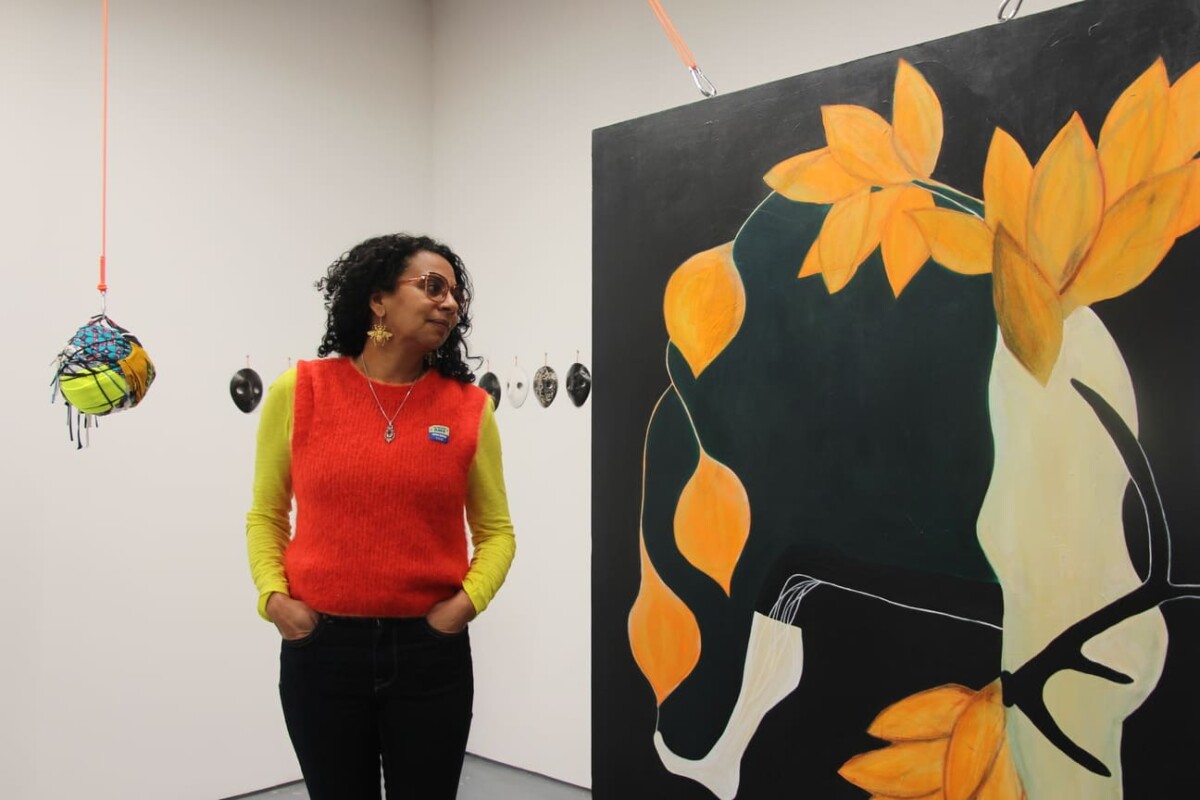
Nadia Russel Kissoon
Nadia Russell Kissoon places her curatorial research in the field of “Social Art Practice”. She is interested in the moment of encounter between people, works and exhibitions, infiltrating different strata of society in order to interact with its environment. To do this, she creates devices and protocols that enable her to propagate art in a wide variety of spaces, territories and contexts, whether or not they are dedicated to art.
https://lagence-creative.com/
http://endometriose.academy/
She is interested in the social, political, ecological and economic fields, and in the porosities between art and life. Her prospective and experiential projects can therefore take on a wide range of dimensions, from curatorial work to plastic creations, from performances to exhibitions. She creates work-galleries in the form of mobile micro-architectures called Tinboxes, which enable her to move exhibitions around public spaces in a singular curatorial gesture in motion. She holds a master’s degree in Fine Arts from the University of Bordeaux, studied the history of contemporary American art at the University of California at Berkeley as part of a summer course entitled “Expanding the Museum” and took a course in “Conservation, dissemination and management of contemporary art” at the University of Montpellier. She founded L’Agence Créative in 2010. She is a patient-partner and a graduate of the DU “Patient-Formateur au parcours en soins chroniques” at the University of Bordeaux, and is developing the project between art and care www.endometriose.academy.
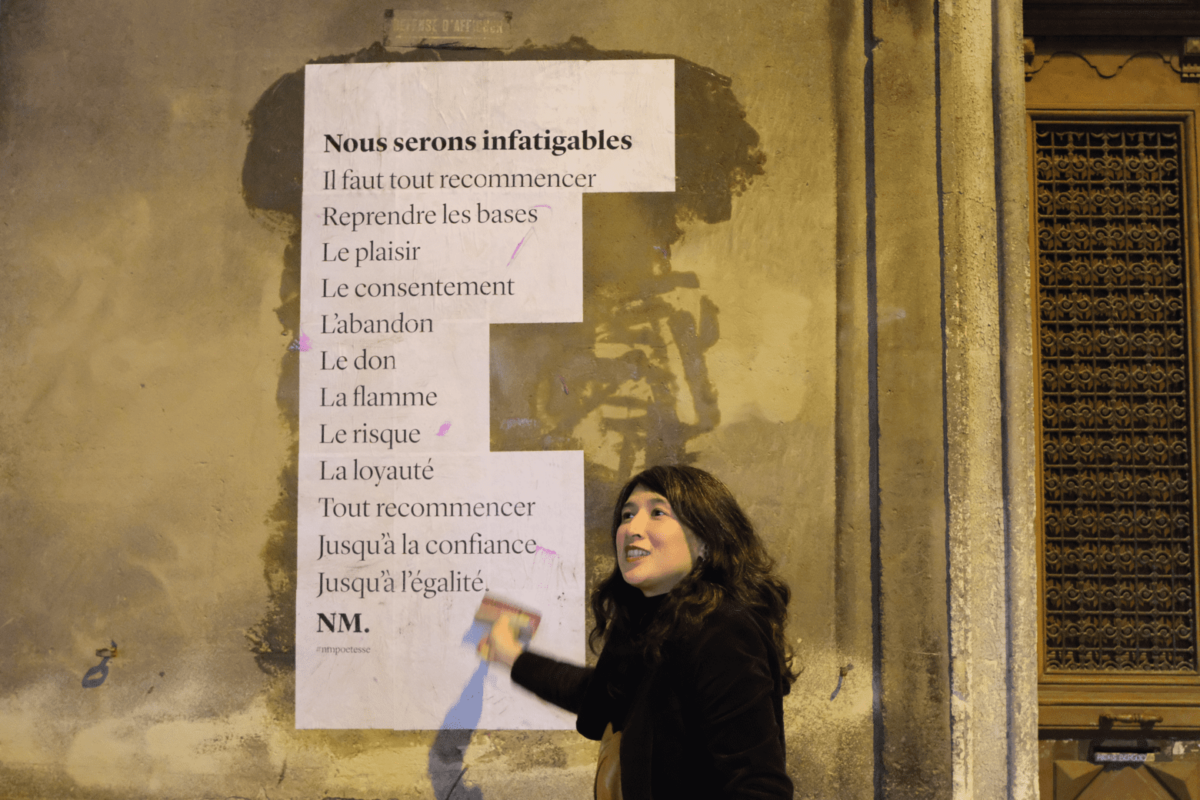
Nathalie Man
A poet, author and street artist, Nathalie Man has been posting her poems in the public space since 2013. Alongside her wild postings, which she archives, exhibits and documents, she works on public commissions, runs writers’ residencies and runs writing workshops. Her favourite themes are feminism, social and political issues, and life stories. Her latest book, Les hommes sont absents, was published by Lanskine in 2023. She is the winner of the Villa Marguerite Duras writing residency, supported by the Institut français (Paris) and the Fondation La Petite Escalère. She has worked in radio and film. She produced a photo novel during the confinements in Bordeaux. https://www.nathalieman.com/
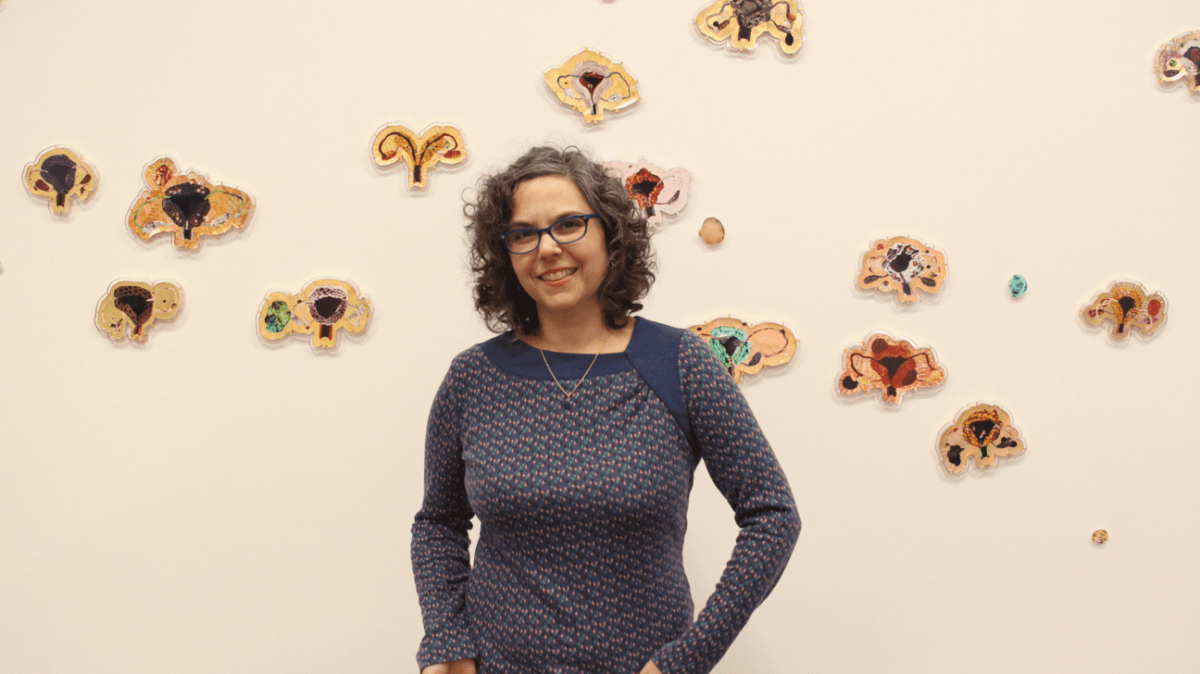
Rachael Jablo
Rachael Jablo is a chronically ill American artist based in Berlin who works with photography, installation and collage. Dealing with issues of the feminine, the body and mythology, she combines analogue photographic techniques with collage and the occasional traditional photograph. Jablo studied photography and new genres at the San Francisco Art Institute, where she received an MFA in 2003. Her work has recently been seen at the Collagistes Festival in Brussels and Milan, the Analogue Now Photography Festival in Berlin and the Museum für Fotographie in Braunschweig.
She has exhibited at the George Lawson Gallery, Joyce Gordon Gallery in California, Wall Space Gallery in Seattle, the Center for Fine Art Photography in Colorado and Brandeis University. She is developing the Hysteria project, an individual narrative dealing with menstrual, reproductive and pelvic disorders, illustrated by individual portraits of the participants’ reproductive organs based on their stories. “My intimate, life-size works begin in a traditional darkroom, where I use lace instead of negatives to make colour prints that I cut out and glue onto a gold leaf background. The works on display are mounted in laser-cut gold Plexiglas frames.” The process of actively listening to people tell the story of their bodies, sometimes for the first time, is as vital as the artworks themselves. It’s listening as well as activism. Many women have suffered in silence for many years. Some have never told anyone, because in many cultures menstruation and illness are taboo. And what almost all of us share is that our experiences are rejected by the medical community.
